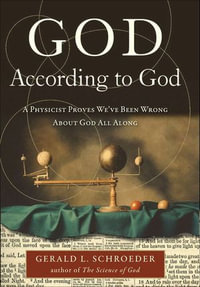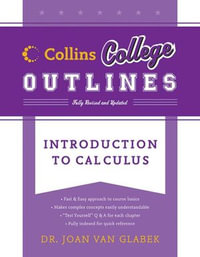
Defect Correction Methods for Fluid Flows at High Reynolds Numbers
eText | 17 July 2025 | Edition Number 1
At a Glance
eText
$112.19
or
Instant online reading in your Booktopia eTextbook Library *
Why choose an eTextbook?
Instant Access *
Purchase and read your book immediately
Read Aloud
Listen and follow along as Bookshelf reads to you
Study Tools
Built-in study tools like highlights and more
* eTextbooks are not downloadable to your eReader or an app and can be accessed via web browsers only. You must be connected to the internet and have no technical issues with your device or browser that could prevent the eTextbook from operating.
ISBN: 9781040370544
ISBN-10: 1040370543
Series: Chapman & Hall/CRC Numerical Analysis and Scientific Computing Series
Published: 17th July 2025
Format: ePUB
Language: English
Publisher: CRC Press
Edition Number: 1
You Can Find This eBook In
This product is categorised by
- Non-FictionMathematicsCalculus & Mathematical AnalysisNumerical Analysis
- Non-FictionSciencePhysicsClassical MathematicsFluid Mechanics
- Non-FictionEngineering & TechnologyMechanical Engineering & MaterialsMechanical Engineering
- Non-FictionEngineering & TechnologyTechnology in General
- Non-FictionMathematicsApplied Mathematics
























